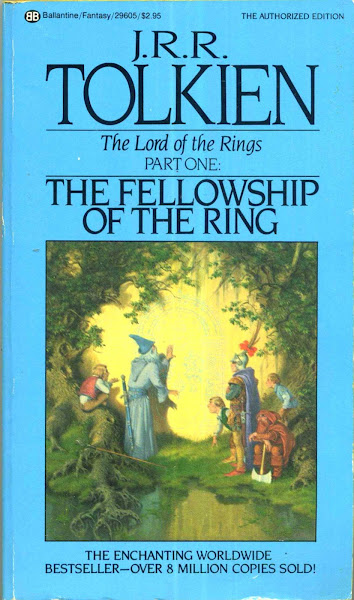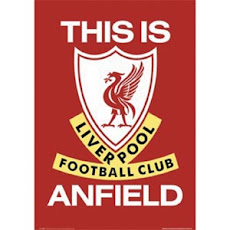A Reflection on Philippine Football
By Rick Olivares
The dissolution of Ceres Football Club whether due to internal concerns and the ongoing pandemic should give Philippine Football officials pause to reflect on the state of the Beautiful Game in this country.
How many clubs have hung up their boots whether due to finances, unkept promises, a poor understanding of the importance of marketing, ill-equipped managers whose only credential was they were either a former player or coach, and a messy infrastructure? Add the Covid-19 pandemic to the situation and it sets football back farther than it was before the 2010 Suzuki Cup of which we are celebrating its 10th anniversary.
So in the last three years, we’ve seen the Loyola Meralco Sparks, Green Archers United, JP Voltes Marikina, Davao Aguilas, Mendiola, Philippine Air Force, and now Ceres in various states whether they folded up or are on hiatus.
That is a tragedy.
When the 2011 UFL Cup kicked off in October of that year, there were 26 participating clubs. Twenty-six. Granted most of them were operating with not much opex or capex and hence, weren’t very good, but still… 26?
Grassroots and club football will ensure the survival and growth of the game in this country and not entirely the national team’s fortunes. You cannot keep getting Filipinos born overseas because you will have to compete with their club duties.
When the UFL received all that money from TV5 during its landmark (some may even say foolhardy) deal in 2011, I recall asking officially and professionally, “How can some of that money trickle down to the smaller clubs?” You need to make the league competitive and not leave its fate to a handful of rich clubs who were using disposable income to fund their operations. A healthy and competitive league will bring in more fans and corporate support.
I recall how I also wrote about exploring a draft system to ensure that national players as well as top collegians were distributed equitably somewhere down the line.
But no. What happened then was an arms race. Ceres, well, when you have all these national players on your roster, you are going to win. They picked up the baton from Global, the previous domestic club power.
Who was left behind? Perhaps more prominently… the military teams. Long the bastion of club football and the national teams, they were left out in the cold.
Previously, if one wanted to continue their football career, they went into the military. That option wasn’t there following the events of 2010. The military was solely now a profession. Philippine Air Force’s thrilling UFL Cup title win over Loyola in 2011? That was the last hurrah of the military squads. After that, they were seen as roughhousing nuisances who did not adapt to the modern club game.
The UFL – aside from the national team -- that was the beneficiary of the success of the Suzuki Cup, was popular. But it was killed off in favor of the Philippines Football League.
Am not saying the PFL was bad. It is good, but I thought to myself then as it was being put up… why was the process being rushed? Regional competition is fantastic. But haven’t they learned anything from the Metropolitan Basketball Association and the Maharlika Pilipinas Basketball League?
That scene from the film Falling Down (starring Michael Douglas) comes to mind where a man says – before being taken away by the police – that he is not economically viable. Economically viable. Chew on that.
I can postulate so many other theories here but I am not here to bury people. Why are we trying to fast track the process? But then again, what is the process? Can someone show it to me in some form? Is there even a plan?
During this pandemic, there remain opportunities to do something for the game. With the rise of applications such as Facetime, Messenger, and Zoom, one can still conduct a form of training and conditioning. Or even coaching clinics, or even discussions on how to push the game during this pandemic or post-pandemic.
As it is, it is back to doing what one can. To survive. The fiefdoms that have been so prevalent in Philippine football have remained and have exacerbated in this situation.
I remember when the late Chris Monfort was alive and working as the General Secretary of the Philippine Football Federation, he told me that all he needed was one or two month’s budget of one professional basketball team then he could put up as professional or even semi-pro football league in the country that will run for a year.
I recall how during the early 2000s how club players were lucky if they received P500 for their practices. I am not suggesting we return to paying that amount to players. Inflation and a sustainable income need to be in place for youngsters to want to continue their football career.
I also recall how some success in the Gothia Cup gave rise to the theory that Filipinos can compete at younger age groups, but as they get older when they are forced to think about their education and their future careers, the game doesn’t receive as much focus; hence, a dip in skill, desire, or even ambition.
Many have said that after the events that unfolded in Vietnam and Indonesia in 2010, the potential of football was in full color view for all Filipinos. Instead the game had back slid.
Didn’t the NCAA say that there will be no football played the next season while there will be competitions for basketball and volleyball? That stings! Like the game isn’t that important. What signals does that send?
Volleyball has vaulted into the number two sport in terms of popularity and growth – right behind basketball.
In the past seven months, in addition to clubs, the Younghusband brothers have retired. Their impact on the local game is massive. On par to the events of 2010. I lament the passing of Ceres (I am told that some other entity might pick up the franchise but not its current or previous owner/s). I also mourn for Loyola, GAU, the military teams, and the others.
What is the legacy of 2010? To quote Azkals team manager Dan Palami in an insightful interview I conducted last Friday, it is the potential for the game in the Philippines.”
However, potential is also a dangerous word. If not realized, then it remains that way… potential.
I am not here to bury people. I am here to lament and hope. Covid has given us time to reassess and reflect. Let’s make this time count.









No comments:
Post a Comment